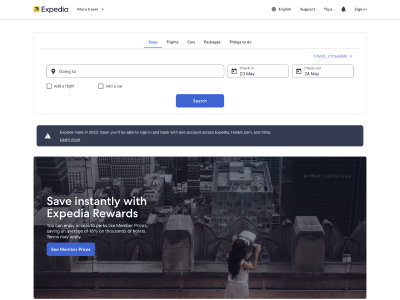Welcome to the recap of our first in-person event post-COVID! Last month for our Data-Driven Digital event we went back to in-person events and talked to Lyndon Barnett, SEO Manager at Vodafone Australia about Optimising Support Content to reduce call centre dependence. Check out our upcoming events here and join our community.
Watch the recording below and read on to get the details.
Optimising Support Content – Event Recap
Reduce call centre dependence by optimising support content for SEO.
What do I look after at Vodafone?
- Acquisition section – we’re an eCommerce platform
- Support section (what we’ll be diving into below)
- My Vodafone – self-service app
Why is support content important?
- It’s a call deflector
- Provide customers with contextual information to deflect future calls
- Even if a customer does call, they’ve still engaged with the answer so the call will be shorter
- Increase NPS
- Increase brand loyalty and customer advocacy
Objectives for support content at Vodafone
“When customer need assistance, I want to deliver them seamlessly from wherever they choose to search, to a relevant, accurate and concise online support article that answers their questions.”
SEO and content strategies implemented to achieve this objective
This is at a high-level the support structure at Vodafone:
Support section structure
- Category
- Topic
- Primary question & primary answer
- Secondary question
- Additional questions
Categories
- All support content is broken down into categories such as prepaid, nbn, billing, etc.
- Each category has its own iconography
Topics
- All support pages are broken down into topics
- Each page has one topic – all questions relating to that topic are found on the one page
Primary, secondary and additional questions
- All pages/topics are broken down into primary, secondary and additional questions
- The primary question is the most popular question that customers are asking relating to that topic
URL structure
The URL structure is incredibly important, so all support pages sit under:
- The root domain
- The section: /support
- Each category: /support/category
- Each topic: /support/category/topic
How to determine the topic and questions
- What are customers calling about?
- What are customers searching for through google?
- What are customers searching for through the on-site search tool?
Examples
Prepaid recharge
- Category: prepaid
- Topic: prepaid recharge
- Primary question: How do I recharge?
- URL: /support/prepaid/recharge

- Topic (H1) – Recharging your prepaid mobile phone service
- Primary question (H2) – How to recharge your prepaid service
- Primary answer to primary question
- Secondary answer to primary question
- Secondary question – Can I opt-in to Automatic Recharge?
- Primary answer to secondary question
- Tertiary question – How to pay for your recharge?
- Additional questions (H3) – Additional information
- Search again option
Paying your bill
- Category: billing
- Topic: paying your bill
- Primary question: how to check the bill amount and the due date
- URL: /support/billing/pay
- Topic (H1) – Paying your bill
 Primary question (H2) – How to check your bill amount and the due date
Primary question (H2) – How to check your bill amount and the due date- Primary answer to primary question
- Secondary answer to primary question
- Secondary question
- Primary answer to secondary question
- Tertiary question
Finding support content
Support content isn’t linked through a megamenu navigation but is found primarily using two search engines – Google and on-site search.
There are also relevant internal links from our acquisition pages to support pages.
Example

If someone were searching on Google for “how to recharge Vodafone” this would be the top result but more interestingly this is the on-site search page with the search results listing down the bottom plus reiterating their question with a custom banner up top which is triggered based on relevant keywords (via Cludo).
How do I ensure all support pages still have an internal link?
Again, we need to go back to that support structure.
All support pages sit under:
- The root domain
- The section: /support
- Each category: /support/category
- Each topic: /support/category/topic

So going back to this prepaid example, the top support pages sit under the category and then there are additional pages under the category.
This page isn’t actually for customers, but because it’s customer-facing we needed to make it look and appear like it’s useful for customers, but the actual primary purpose is for Google.
Other techniques to generate organic traffic
- FAQ schema
- Featured snippets
- People also ask
FAQ examples
Featured snippets examples
People also ask examples
Key takeaways
- Invest in the research
- Keep it logical (keep in mind your structure)
- Write for the customer first and foremost, not Google
- Embrace iteration and learn from your mistakes

















